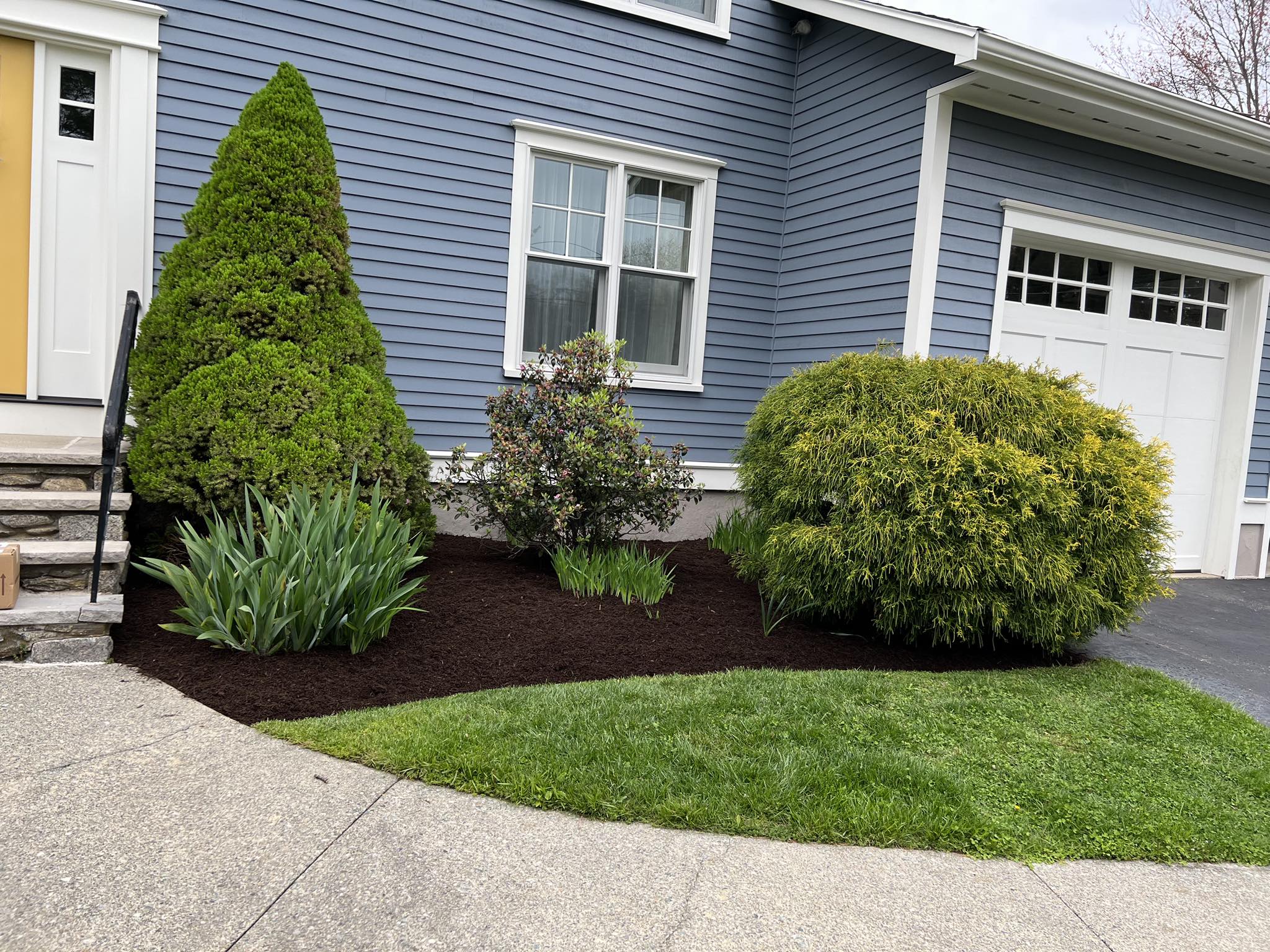
The Essential Guide to Sustainable Landscaping Practices Oct 08, 2025
One of the first steps in sustainable landscaping is choosing the right plants. Native plants are a cornerstone of environmentally responsible landscaping as they are adapted to the local climate and soil conditions. This means they require less water, fertilizer, and pesticide compared to non-native species. Incorporating a variety of plants can also support biodiversity, inviting beneficial insects and birds to your garden. Consider planting drought-resistant grasses and flowering perennials to create a vibrant yet low-maintenance garden.
Water conservation is another critical aspect of sustainable landscaping. Traditional lawns and ornamental plants can be high consumers of water, leading to waste and higher utility bills. Employing practices such as xeriscaping—landscaping without relying heavily on irrigation—can dramatically reduce water use. Installing drip irrigation systems that deliver water directly to plant roots is more efficient than overhead watering, which often results in evaporation and runoff. Additionally, integrating rain barrels to collect rainwater for irrigation purposes is an excellent way to conserve precious water resources.
Soil health is fundamentally important in eco-friendly landscaping. By enhancing soil quality, you naturally boost plant health and reduce the need for chemical fertilizers. Begin by assessing your soil’s composition and adjust it as needed with organic matter such as compost. Composting not only improves soil fertility but also helps dispose of organic waste sustainably. Implementing a mulching routine aids in retaining soil moisture, suppressing weeds, and maintaining an even temperature, all of which contribute to healthier plant growth.
Utilizing hardscaping features can also add both style and sustainability to your landscape. Installing permeable paving solutions, like gravel, permeable concrete, or pavers, allows rainwater to naturally seep into the ground, reducing surface runoff and erosion. Hardscaping can provide aesthetically pleasing pathways and seating areas without sacrificing sustainability. Consider using recycled or locally sourced materials to further enhance the eco-friendliness of your hardscaping projects.
Low-maintenance landscaping practices are not only environmentally friendly but also save time and money. Grouping plants according to their irrigation needs, known as hydrozoning, ensures that each area receives the right amount of water. Reducing lawn areas and replacing them with native ground covers can cut down on mowing and watering needs.
In conclusion, sustainable landscaping is an approach that marries functionality with ecology, offering timeless beauty to your outdoor spaces. At D.S. Landscaping & Construction, our mission is to help you harness the power of sustainable practices to create outdoor environments that are both practical and picturesque. By incorporating native plants, conserving water, maintaining soil health, and utilizing smart hardscaping solutions, homeowners can make a significant impact on the environment while enjoying the serenity and beauty of their gardens. Embrace sustainable landscaping today for a greener tomorrow.
/filters:no_upscale()/media/d4c7fe34-f07f-44fe-8ab5-d29a013be15e.jpeg)
/filters:no_upscale()/filters:format(webp)/media/724894ee-4a04-4931-9bc1-0c679a0596f5.jpeg)